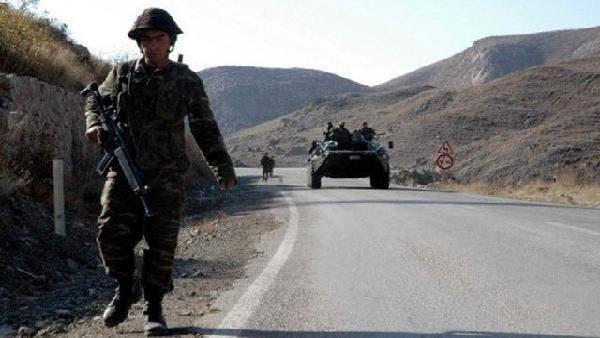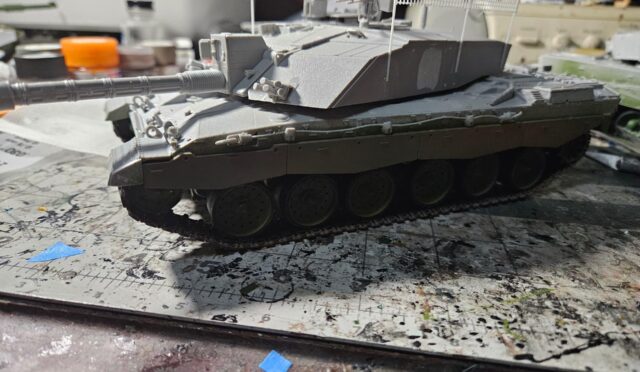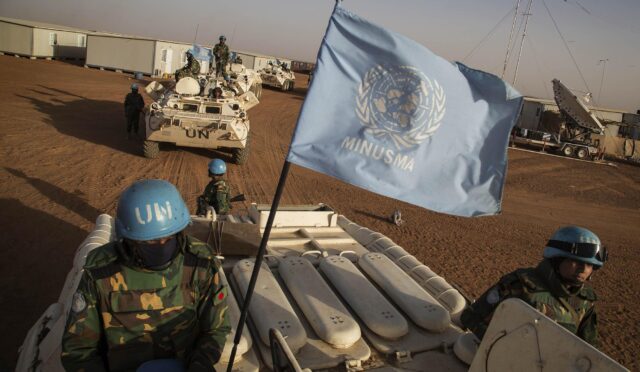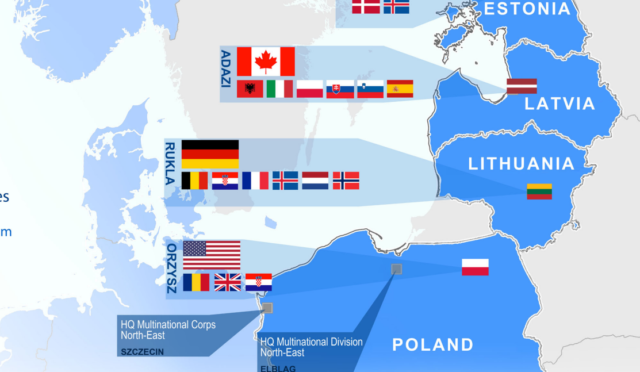Kurdish Fighters Withdrawal from Aleppo: Key Developments
Kurdish fighters officially withdrew from two neighborhoods in Aleppo, Syria, on Friday, according to reports by local officials and state media. This significant relocation is part of a broader initiative aimed at integrating Kurdish-led institutions into the newly emerging Syrian state. Nouri Sheikho, a prominent member of the local council in the predominantly Kurdish neighborhoods of Ashrafiya and Sheikh Maksoud, confirmed to AFP that “more than 500 fighters” exited the northern city, with indications that they would head towards the northeastern regions of Syria, which are governed by an autonomous Kurdish administration.
The mutual agreement, reached earlier this month between the Ashrafiya and Sheikh Maksoud councils and a presidential committee, outlined a withdrawal plan for the Kurdish forces, transitioning authority in these neighborhoods to the Damascus government. The official news agency SANA documented the departure, noting that a convoy of fighters from the Kurdish-led Syrian Democratic Forces (SDF) left the areas under the oversight of the defense ministry. Accompanying the report was a video showing military vehicles transporting armed fighters in uniform.
Historical Context of Control
For years, Kurdish fighters have exercised control over the neighborhoods of Ashrafiya and Sheikh Maksoud, extending their influence into adjacent regions. However, their position was compromised late last year when they faced pressure from forces backed by Turkey. This conflict unfolded amid a rapid offensive led by the Islamist group Hayat Tahrir al-Sham (HTS), ultimately contributing to the downfall of former President Bashar al-Assad after over a decade of civil unrest.
The dynamics of power in these areas have shifted notably, and the recent agreement aligns with the goal of establishing more centralized governance in Syria under the new leadership. As Kurdish fighters begin their withdrawal, the landscape of control in Aleppo is anticipated to shift significantly towards the Assad regime.
Prisoner Exchange Initiative
In conjunction with the fighters’ withdrawal decree from Ashrafiya and Sheikh Maksoud, a prisoner exchange was executed on Thursday between Kurdish and national authorities. Nouri Sheikho revealed that the Damascus government released “146 civilians and fighters” in exchange for “97 individuals” detained by the Kurdish-led administration.
This exchange underscores a critical step towards building relations between the Kurdish authority and the unified Syrian governance structure. The Kurdish-led SDF, which governs a substantial part of northeastern Syria, played a significant role in dismantling the Islamic State group’s territorial claims back in 2019.
Criticism of New Government Structure
Despite the March agreement to incorporate Kurdish institutions into the national framework, the Kurdish leadership has issued strong criticism towards the newly formed government led by interim President Ahmed al-Sharaa. They articulated concerns that “any government that does not reflect the country’s diversity and plurality cannot ensure proper governance of Syria.”
The Kurdish administration stressed their independence by declaring that they are not bound to adhere to decisions made by this new government. The cabinet, primarily composed of allies of Sharaa, features just 23 members, with only one member being Kurdish and not affiliated with the regions controlled by the autonomous administration.







